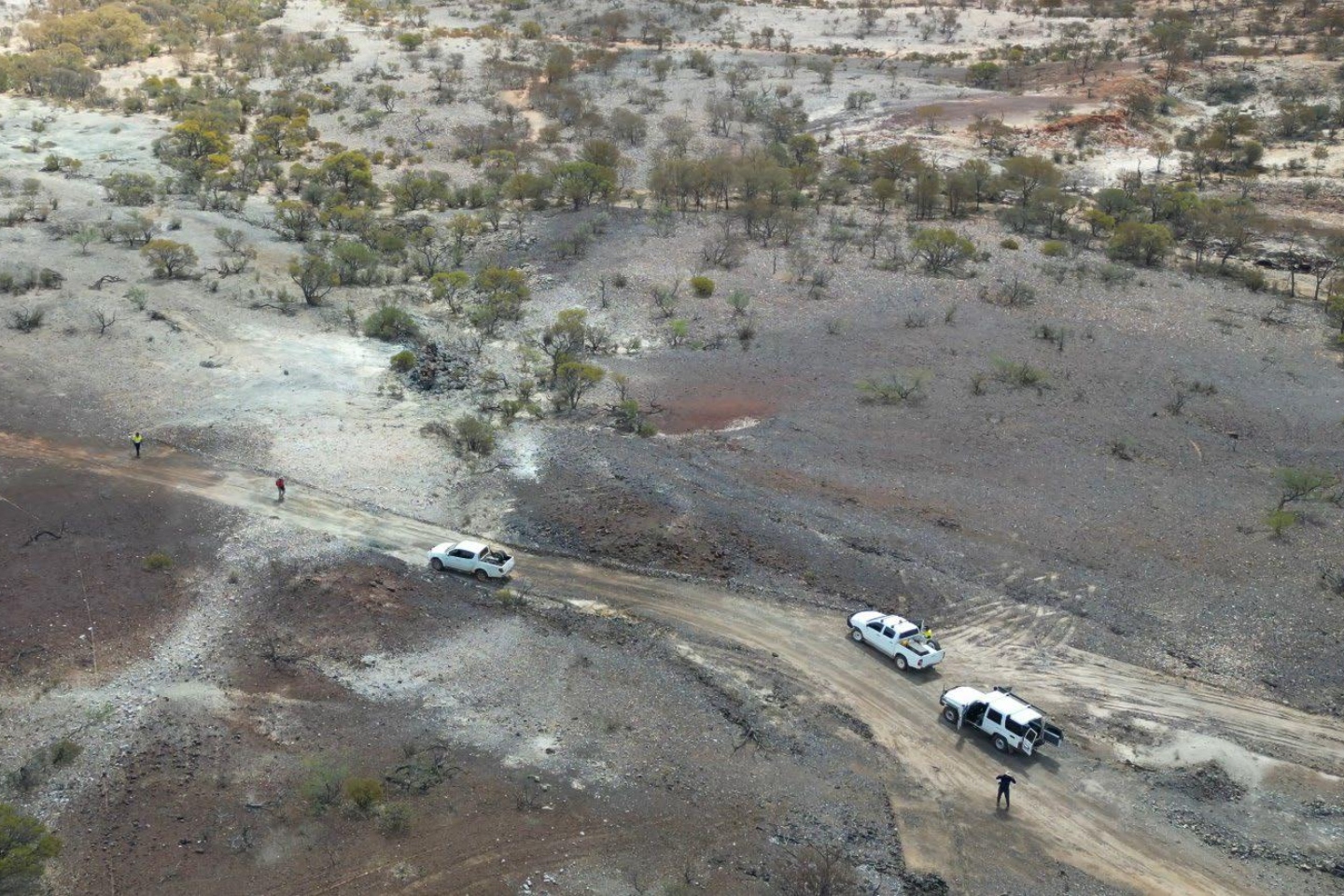Buxton Resources is engaged in a fourth Aboriginal heritage survey at its Graphite Bull project in Western Australia’s Gascoyne region in a bid to further expand the area covered by its previous agreements to about 3 square kilometres. The company undertook similar surveys in 2013, 2014 and 2022 as exploration of the area around its original 2014 inferred 4-million-tonne graphite resource has expanded.

Buxton Resources is engaged in a fourth Aboriginal heritage survey at its Graphite Bull project in Western Australia’s Gascoyne region in a bid to expand the area covered by its previous agreements to about 3 square kilometres.
The company undertook similar surveys in 2013, 2014 and 2022 with the local Wajarri people as exploration of the area around its original 2014 inferred 4-million-tonne graphite resource has expanded. It says its resource grading 16.2 per cent total graphite content (TGC) has been defined within a strike distance of about 460m, while scout drilling has demonstrated high-grade graphite mineralisation exists along strike from the main resource in both directions for at least 2km.
Meanwhile, electromagnetic geophysics indicate it may extend even further, possibly extending the overall strike to more than 3km at Buxton’s 100 per cent-owned Graphite Bull project that sits about 750km north of Perth.
The latest heritage survey area encloses an area measuring about 3km long, running east-to-west. It varies in width between 550m at its eastern end and up to a maximum 1050m over much of its western half.
Initial heritage clearance work is focussing on the company’s proposed areas of extensional drilling south and east from the resource area, where drilling last year highlighted strong grades and good thicknesses. Management believes drilling at depth and to the east could define additional high-grade tonnes at shallow depths.
Buxton Resources chief executive office Marty Moloney said: “We're pleased to be working again in partnership with the Wajarri People, the Native Title custodians of the land which hosts the Graphite Bull Project. Clearances from this work will allow for the highly anticipated commencement of infill drilling to expand the resource."
During the past two years, Buxton has picked up the pace on its Graphite Bull project in keeping with the increased market and industry tempo relating to other battery-related precursor product minerals and their respective salts such as lithium, copper, cobalt and zinc.
The company acquired the project in 2012 and within two years had run an airborne electromagnetic (AEM) survey, several drilling programs and completed two resource estimates. Management says work since 2022 has focused on metallurgical testwork through to final product (activated anode material), in addition to efforts aimed at increasing resource confidence and size, with promising results to date.
googletag.cmd.push(function() { googletag.display('bn-dfp-article-lb2-advert'); });That includes results from metallurgical work undertaken by German graphite specialists ProGraphite late last year on the first 11.6kg bulk concentrate sample sent by Australian Laboratory Services in Perth.
ProGraphite reported lithium-ion battery quality benchmarks were exceeded by simple caustic bake purification of the feed product, with a yield of 99.97 per cent total graphite content (TGC) being easily achieved. Additionally, spheronising gave excellent shape and size distribution with above average yield.
Buxton reported at the time that excellent early purified spheronised graphite (PSG) testwork results from ProGraphite supported the emergence of Graphite Bull as one of the premier deposits in Australia for the “black lead”.
Is your ASX-listed company doing something interesting? Contact: matt.birney@businessnews.com.au
















